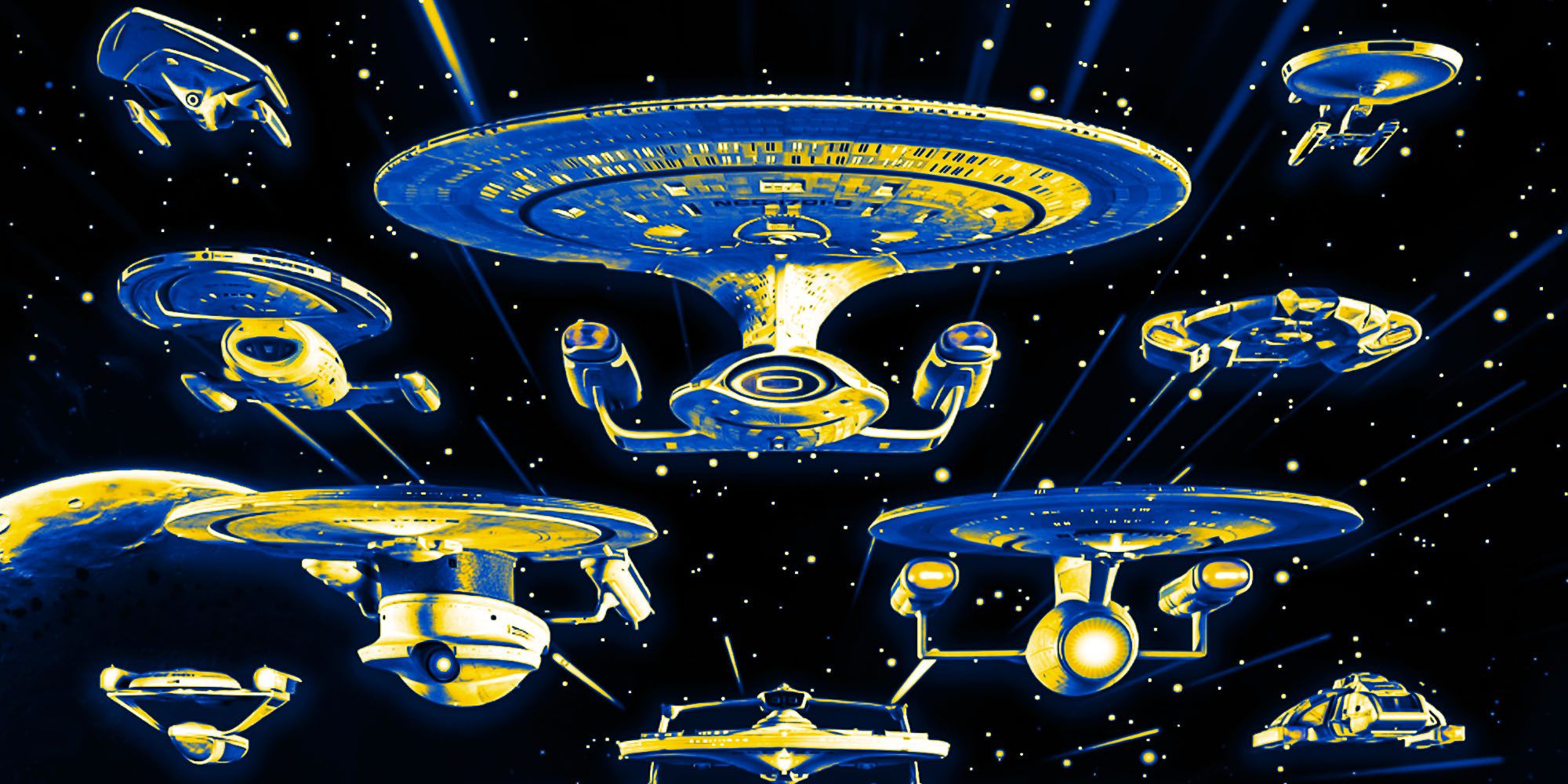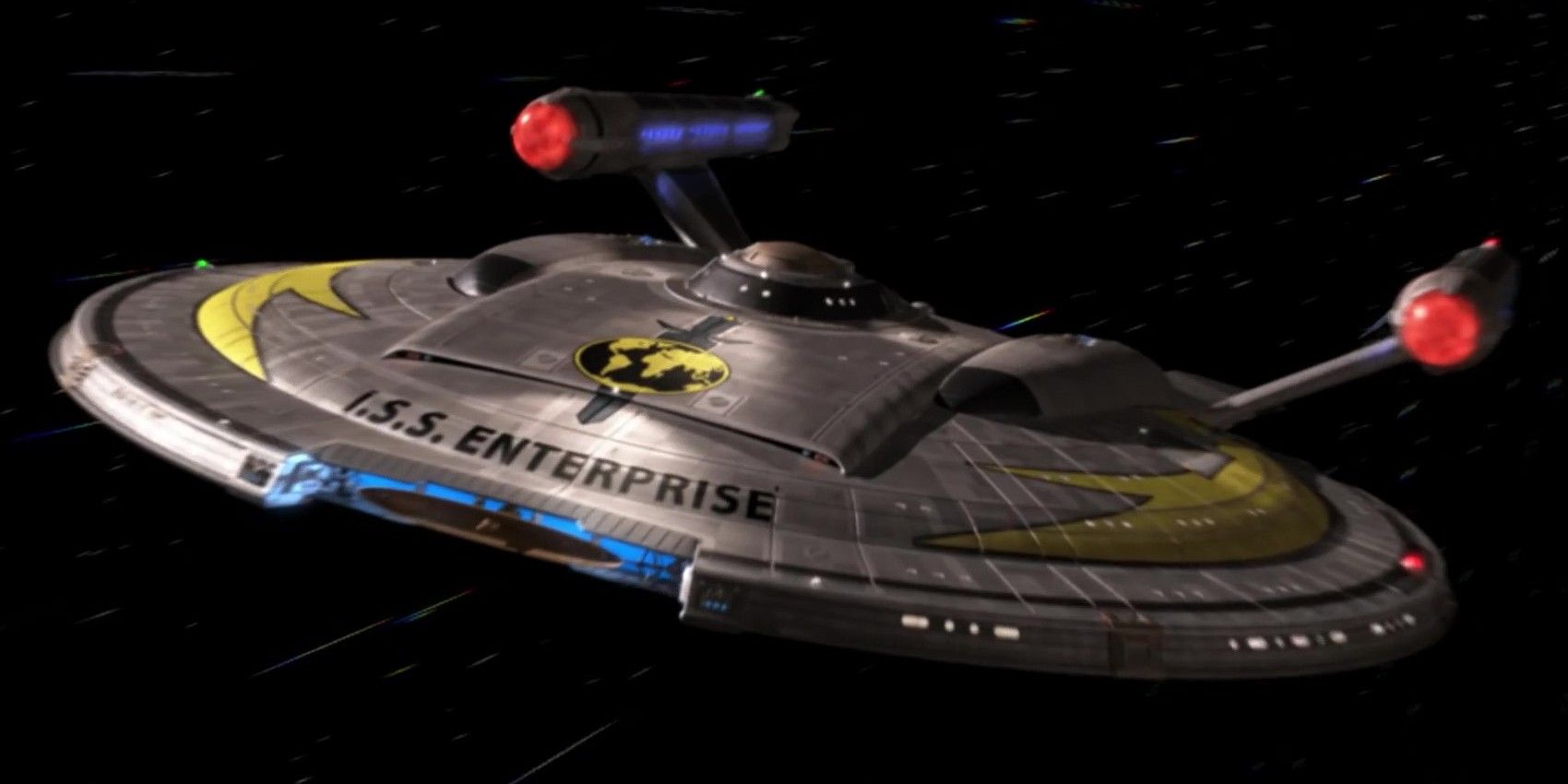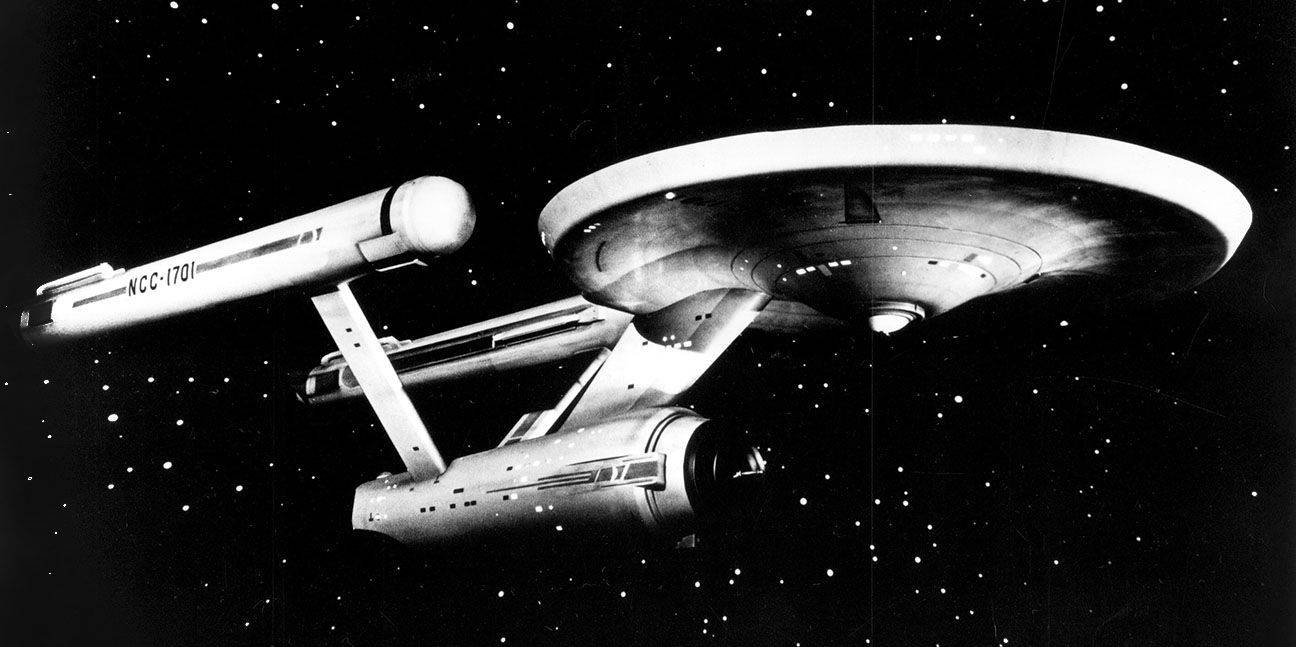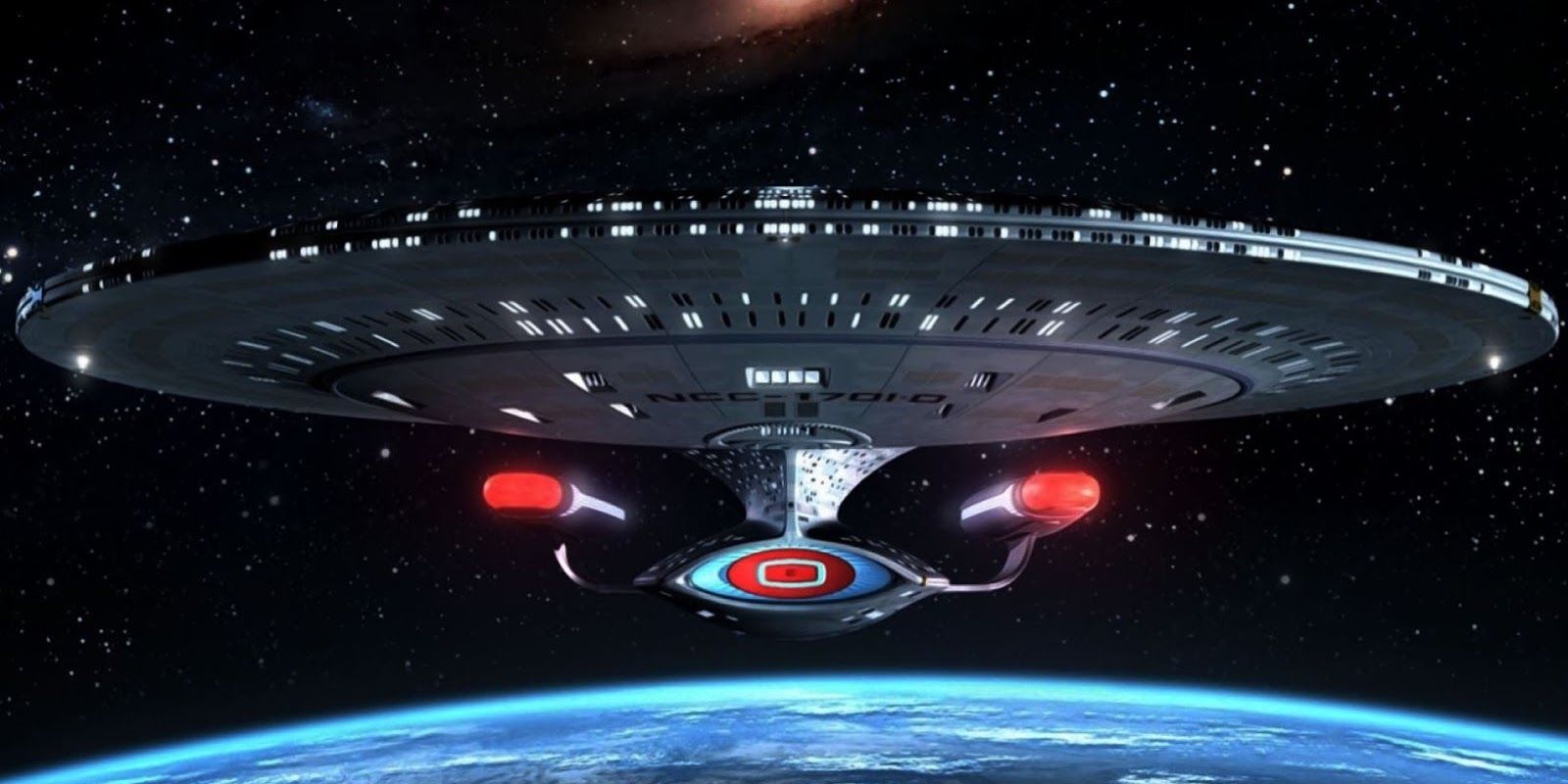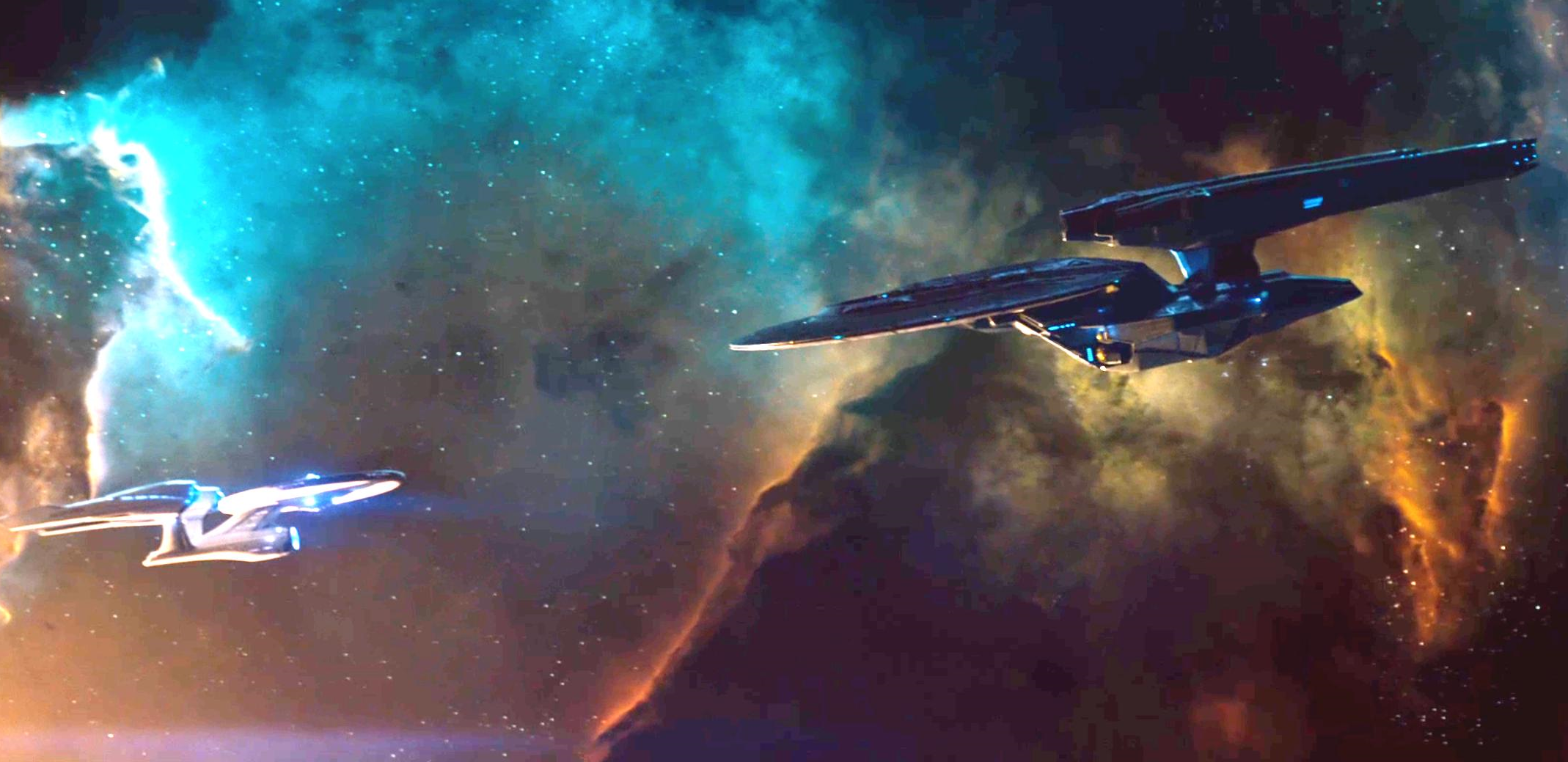Star Trek is famous for having one of the largest and most detailed fleets of spaceships of any science-fiction franchise but the number of ships in the Starfleet has changed with every era. The Star Trek brand has endured for over half of a century since the first series aired in 1966. The series was originally designed as a parable for the social issues of the time, such as nuclear proliferation, civil rights, and equality of the sexes. It has since grown into a broad and multi-faceted sci-fi universe, spanning thousands of light-years and centuries of stories. From Captains Kirk and Picard to Janeway and Archer, the world of Star Trek tracks the evolution of humans as they learn to live in a world in which they are far from alone. Excitingly, 2022 is poised as Star Trek's biggest year ever.
Since the Star Trek franchise covers 300 years of human space travel (and even an alternate timeline of blockbuster movies), the creative teams responsible for it have put painstaking work into making sure that the canon is cohesive across each era. As such, they have made social and technological change appear smooth and natural over time. Starfleet has grown with the series, from relatively modest beginnings in Star Trek: Enterprise to an enormous presence across the cosmos in Star Trek: The Next Generation and its contemporary stories.
Pinning down the exact size of Starfleet in each era is unfortunately elusive. However, thanks to the efforts of an incredibly dedicated fan base, much information has been extrapolated from the figures that are known. Thanks to fan-operated online encyclopedias such as the Daystrom Institute Technical Library, it is possible to make close estimates of the number of ships in Starfleet in each major era of the franchise.
2100s (Enterprise)
There is extremely little info on the size of Starfleet during the time of Star Trek: Enterprise, the prequel series set a century before Star Trek: The Original Series. What is known, however, is that it is also only a century after Zephram Cochrane made first contact with the Vulcans in the year 2063. This doesn’t give the people of Earth very much time to develop their own space fleet, especially since Cochrane's first contact with the Vulcans happened in the ruins of the terrible ravages of World War III. The nuclear war had left much of the Earth in an "atomic horror" that threatened the human race with a new dark age before contact with extra-terrestrial life blessed it with new technology and an era of global cooperation.
The Enterprise NX-01 is also confirmed to be the first human starship capable of traveling through space at Warp-5 speed. This limited information combined with the more explicit size of Starfleet in The Original Series, it is possible that there were no more than two or three fully-fledged starships in Starfleet. That would all change in the next century, as the Federation and Starfleet broadened horizons and began exploring deeper and deeper into Star Trek's final frontier.
2200s (The Original Series, Discovery)
When it comes to the era that started it all, there actually is real hard data on one key aspect of the size of Starfleet, and it comes straight from the most primary of sources: series creator and all-around Star Trek visionary Gene Roddenberry himself. The Making of Star Trek author Stephen E. Whitfield was granted access to Roddenberry and his team of creatives who developed the original Star Trek series that ran from 1966 to 1969. Roddenberry confirmed the size of Starfleet as he originally envisioned it while making the show that launched the legendary franchise, saying, “In addition to the twelve starships, there are lesser classes of vessels, capable of operating over much more limited distances.”
There it is. In the time of Captain Kirk and Mr. Spock, there were 12 full-fledged starships such as the Enterprise. There is no record of Roddenberry ever specifying the exact number of the smaller vessels to which he referred. But by comparing several accounts, the Daystrom Institute Technical Library estimates there were likely several hundred of these ships. In terms of the Star Trek: Discovery Starfleet, as the series begins only 10 years before the beginning of the Enterprise’s five-year mission, any changes in fleet size between the two series are likely to be negligible.
2300s (The Next Generation, Deep Space 9, Voyager, Picard)
One hundred years after the Enterprise’s five-year mission, Starfleet had expanded across the stars. Captain Jean-Luc Picard remarked once that the Federation’s fleet covered a territory of 8,000 lightyears. The DITL calculates their figure based on the number of starships in various fleets mentioned during Star Trek: The Next Generation, as well as the size of the armadas summoned to defend the Star Trek: Deep Space 9 station during the Dominion War. By their estimate, Starfleet’s major ship count had grown into the thousands. More specifically, the most narrow figure is 5,000-10,000 starships. As Star Trek: Voyager takes place within the same time frame as The Next Generation and Star Trek: Picard picks up about a decade after Star Trek: Nemesis concluded The Next Gerneration’s storyline, it is unlikely that the fleet grew substantially between these series.
2200s - Kelvin Timeline (Star Trek, Into Darkness, Beyond)
It wouldn’t be every era of Star Trek without mentioning the Kelvin Timeline, the alternate reality which contains 2009’s Star Trek and its two sequels, Star Trek Into Darkness and Star Trek Beyond. There is no data on the differences in fleet size between timelines, if they exist at all. But it's likely that Starfleet was roughly the same size as the primary timeline at the time of the 2009 film.
However, the destruction of Vulcan shifted the course of the Federation. Star Trek Into Darkness saw the secret construction of the USS Vengeance, a starship built specifically for war rather than exploration and diplomacy. The Vengeance was destroyed at the end of the film when it was crashed into the San Francisco Bay in an act of terrorism against the Federation. It is unclear whether there were more warships under construction at the time, but the combined trauma of the two attacks likely drove further expansion and militarization of Starfleet, and at a much faster rate than in the primary timeline of Star Trek.

